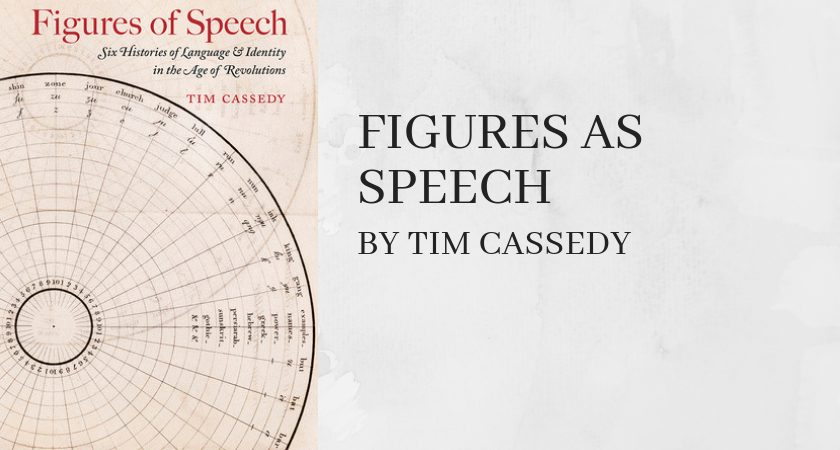I requested for this book from NetGalley because the idea of language being a marker of identity was fascinating. That said, despite reading the blurb, I didn’t actually realise the title was a pun until after I finished the book.
If you’re a bit quicker than me, you’ll realise that Figures of Speech is about people to whom language was an important part of their identity. The six are:
Nicholas Dufief: A French aristocrat who fled from France to America during the revolution. He started a new way of learning French – without formal instruction in grammar, but to repeat French and English phrases and thus ‘learn’ the language naturally. I actually agree with this sort of immersion/induction method, because that’s how I picked up Japanese slang (if you hear a word in different sentences enough times, you can pick up roughly what it means and how it’s used) and that’s how I used to teach English too.
Duncan Mackintosh: He wanted to make one standard pronunciation for English, thus binding America and England to the language, not to the country. This chapter also talked about Noah Webster, who was all for American English as an identity of American-ish. (And it turns out that the idea of ‘speaking American’ started around then – although they probably weren’t referring to English).
John Gilchrist: A teacher in India, he started by wanting to teach accurate pronunciation of Hindi and Urdu but ended up wanting to make a machine that could vocalise all the sounds in all languages.
Edmund Fry: A typewriter, he made a book called Pantographia which had writings from 164 languages. This was also a time where people thought language revealed things about culture and unfortunately, his selections pretty much reinforced everyone’s biases. There’s also a discussion
Caraboo or Mary Willcock: A young lady who took on a fake identity and made up a fake language in order to earn some money, and then got trapped as her made up identity. However, a look into her past shows that she was possibly troubled by mental illness, and her story is so much more than putting on a new identity. This chapter also looks at how the fake language Willcock made up is influenced by Western ideas of foreign languages.
Overall, this was a fascinating book. I’ve heard of Webster, but not the other five characters, and it was interesting to see how language and identity can intersect. The book reminded me of there’s a debate going about in Singapore about ‘losing’ our mother tonguage and what that means. Basically, some people think that because English has become the de-facto native language, we are losing a big part of our identity. The debate flares up every now and then, and it shows that we still think of language as a tie to another culture and perhaps an aspect of our identities.
Disclaimer: I got a free copy of this book from the publisher via NetGalley in exchange for an honest review.
